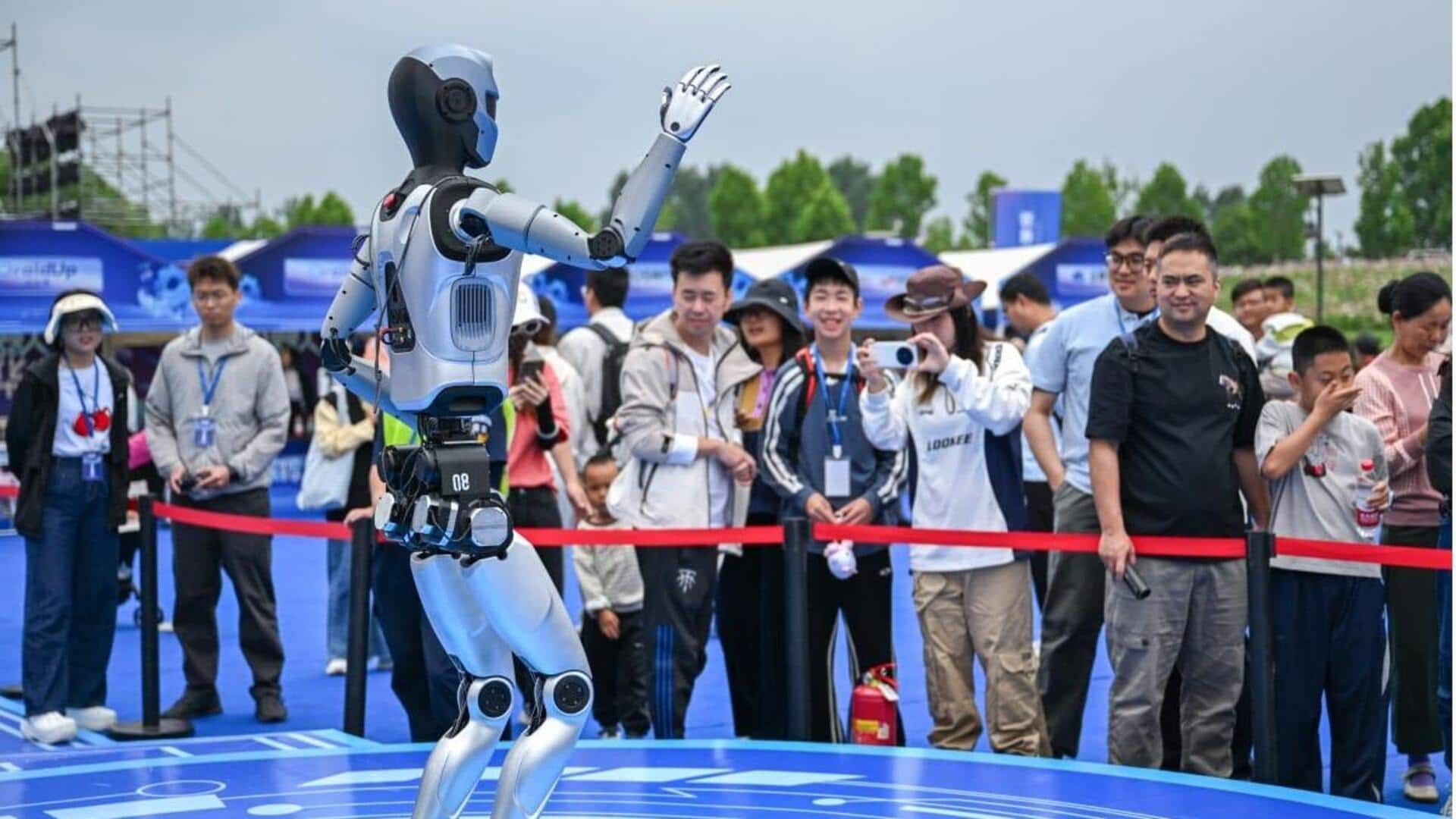
These open-source Chinese AI models can power humanoid robots
What's the story
The Beijing Academy of Artificial Intelligence (BAAI), a non-profit research lab in China, has launched a series of open-source artificial intelligence (AI) models.
These models are designed to be the "brain" of robots and come at a time when China is racing to build smarter machines.
The move could greatly benefit the country's rapidly growing robotics industry by overcoming challenges like limited model capabilities and lack of training data.
Prowess
Meet RoboBrain 2.0
BAAI head Wang Zhongyuan unveiled RoboBrain 2.0, claiming it to be the world's most powerful open-source AI model for enhancing different kinds of robots, including humanoids.
The launch of this general-purpose AI model comes at a time when the Chinese robotics industry is witnessing rapid growth.
This positions BAAI as a potential key player in China's local robotics sector.
List
A look at the model series
RoboBrain 2.0 was introduced as part of the Wujie model series.
It also includes Emu3, a multimodal model that can understand and generate text, images and videos, as well as RoboOS 2.0, which is a cloud platform for the distribution of robotics AI models.
As per Wang, RoboBrain offers 17% faster performance and 74% higher accuracy compared to its predecessor, which was introduced three months back.
Industry partnerships
BAAI seeks collaboration in embodied intelligence industry
Wang expressed hopes for collaboration among different stakeholders in the embodied intelligence industry.
"Currently, we are partnering with over 20 leading companies in the sector and are looking for additional collaborators to drive growth," Wang said.
This shows BAAI's willingness to work with other players in the field to further advance AI technology for robots.